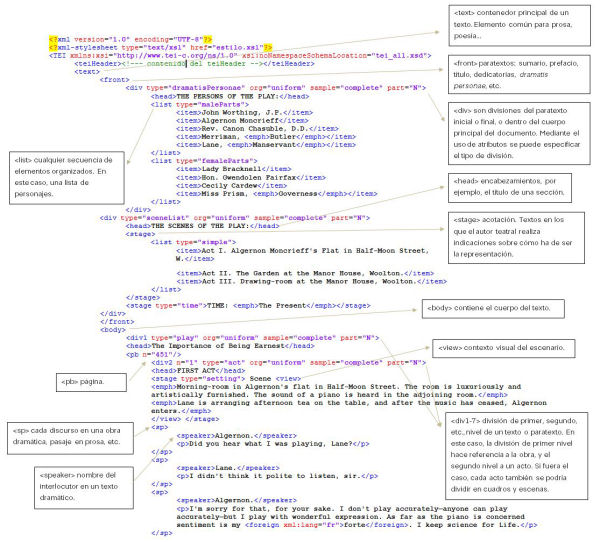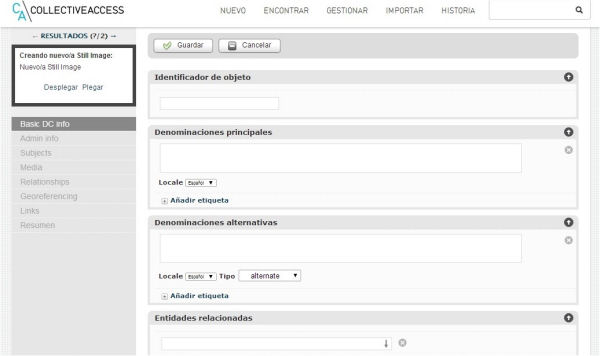Visibilidad, descubrimiento, encontrabilidad, SEO y SEO académico en repositorios digitales: una revisión de alcance
La visibilidad es un factor relevante para el impacto de la investigación científica, pero es entendida de distintas maneras, existiendo diferentes significados entre el propio término y conceptos similares como la capacidad de descubrimiento o descubribilidad, la encontrabilidad, el search engine optimization (SEO) y el academic search engine optimization (ASEO). El principal objetivo de este trabajo es determinar y clarificar cómo estos términos son abordados en el dominio de los repositorios digitales, y qué técnicas son propuestas para su optimización. Para ello, se elaboró un marco teórico que permite definir y comparar cada concepto en el ámbito general de la web. Luego, estos se analizaron en el contexto de los repositorios, para lo cual se realizó una scoping review siguiendo el framework SALSA, donde se examinó un total de 67 artículos. Con esta muestra documental, se determinó cómo estos términos son abordados conceptualmente y qué técnicas de optimización son propuestas para los repositorios digitales. Los hallazgos muestran que dichas propiedades son empleadas de manera indistinta, sin ofrecer una claridad conceptual entre cada término. Por otro lado, se identifican 22 técnicas propuestas de optimización que contribuyen a fortalecer la visibilidad de los contenidos almacenados en repositorios digitales.
Visibility plays a critical role in enhancing the impact of scientific research, yet it is often interpreted in diverse and overlapping ways. Related concepts – such as discoverability, findability, search engine optimization (SEO), and academic search engine optimization (ASEO) – are frequently used interchangeably, despite having distinct meanings. This study aims to clarify how these terms are conceptualized in the context of digital repositories and to identify the techniques proposed to optimize them. A theoretical framework was first developed to define and differentiate these concepts based on their usage in the broader web environment. This was followed by a scoping review, conducted in accordance with the SALSA framework, of 67 scholarly articles that address the use of these terms within the domain of repositories. The review analyses how the concepts are understood and applied, and catalogues the optimization strategies discussed. The results reveal a lack of clear conceptual distinctions among the terms, which are often used synonymously. The review does however identify 22 distinct optimization techniques aimed at improving the visibility of content stored in digital repositories.
La visibilitat és un factor rellevant per a l’impacte de la recerca científica, però s’entén de diferents maneres, existint diversos significats entre el propi terme i conceptes similars com la capacitat de descobriment, la trobabilitat, el SEO (optimització per a motors de cerca) i l’ASEO (optimització acadèmica per a motors de cerca). L’objectiu principal d’aquest treball és determinar i aclarir com s’aborden aquests termes en el domini dels repositoris digitals, i quines tècniques es proposen per a la seva optimització. Per a això, es va elaborar un marc teòric que permet definir i comparar cada concepte en l’àmbit general del web. Posteriorment, aquests conceptes es van analitzar en el context dels repositoris realitzant una revisió d’abast seguint el marc SALSA, on es van examinar un total de 67 articles. Amb aquesta mostra documental, es va determinar com s’aborden conceptualment aquests termes i quines tècniques d’optimització es proposen per als repositoris digitals. Els resultats mostren que aquestes propietats s’utilitzen de manera indistinta, sense oferir una claredat conceptual entre cada terme. D’altra banda, s’identifiquen 22 tècniques d’optimització proposades que contribueixen a enfortir la visibilitat dels continguts emmagatzemats en repositoris digitals.





